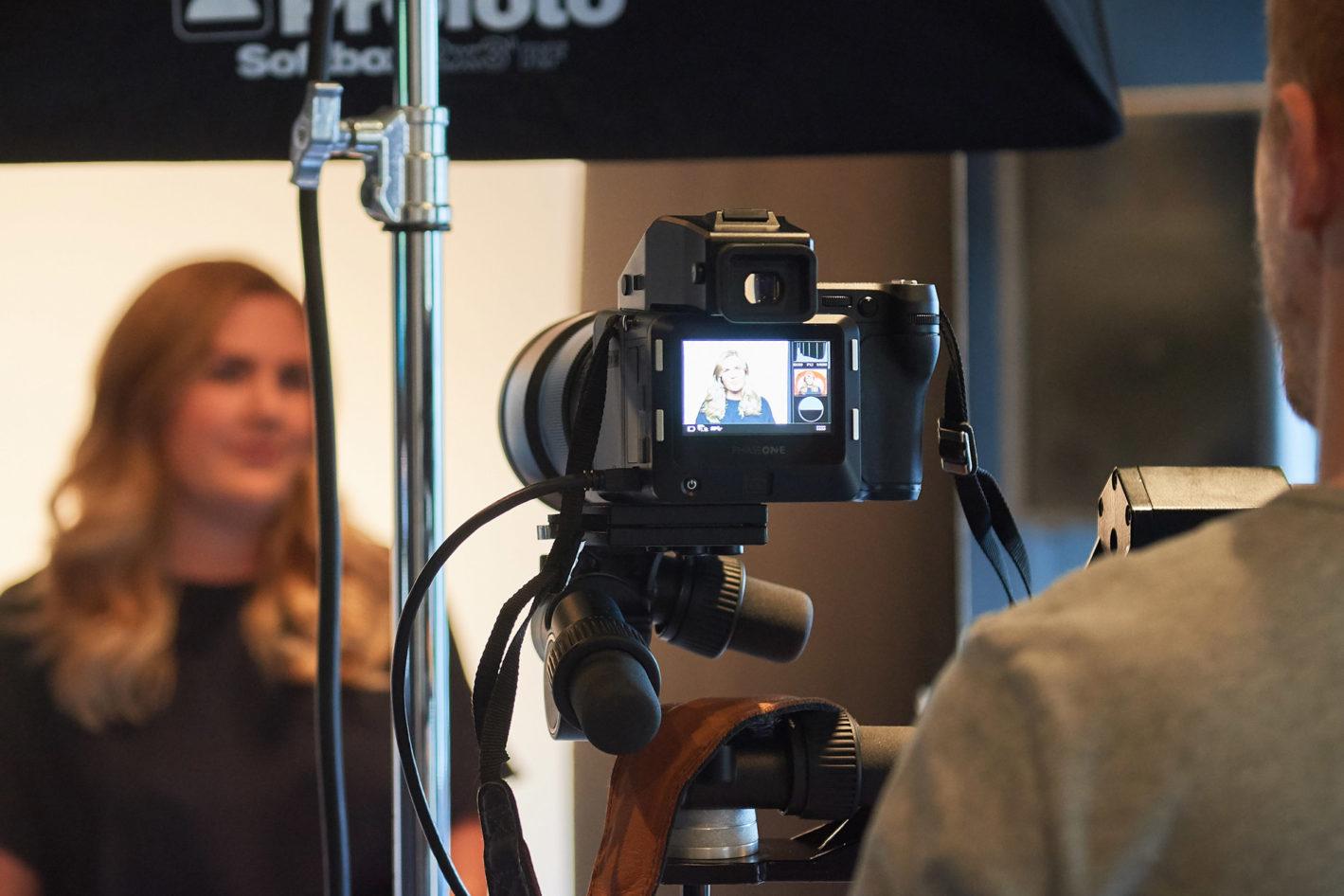Miss Aniela’s recently completed “Barocco” project has been the culmination of two shoots: one on location, and the other in studio. The project takes inspiration from the Baroque and Rococo eras, creating a symphony between high-fashion and surrealism. Shooting in this particular style requires pristine attention to detail throughout. Here Miss Aniela shares her workflow on how she has achieved these images. “Whenever I shoot with the Phase One I tether to my iMac desktop at all times, the images always dropping smoothly into Capture One Pro 10. For easy organization, I create a new Session for each model look, shooting straight into the Capture folder, which later on I organize approved/rejects into Selects/Trash respectively. In the Library tab, I can then easily navigate to the Selects folder to work on my desired shots and batch-copy adjustments across any set of images to preview the desired effects, before hitting the ‘process’ button to output them as high-res 16-bit Tiffs in sRGB. From there, I simply open the Output folder in Adobe Bridge so I can take …



